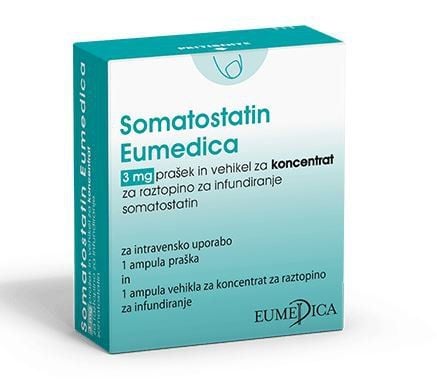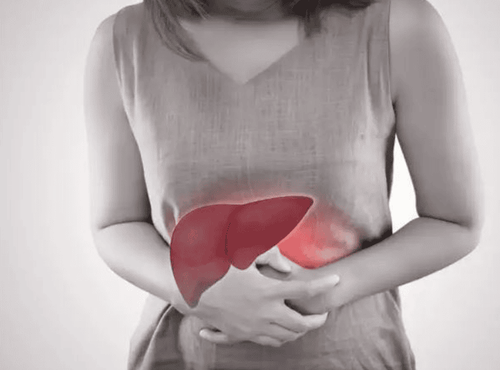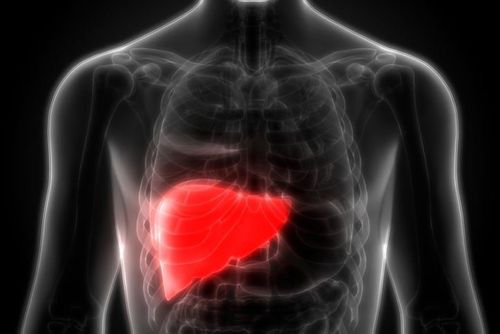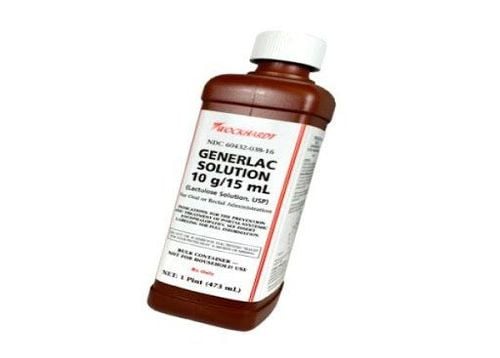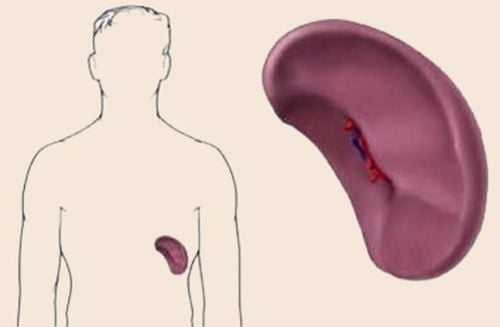This is an automatically translated article.
The article was professionally consulted by Specialist Doctor I Tran Quoc Vinh - Emergency Doctor - Department of Resuscitation - Emergency - Vinmec Nha Trang International General Hospital.Cirrhosis is a disease that progresses silently but causes extremely dangerous complications. Hypersplenism due to cirrhosis is one of the dangerous complications caused by cirrhosis. The disease can cause blood damage to the patient, even life-threatening.
1. What is cirrhosis of the liver?
Hypersplenism due to cirrhosis, also known as splenomegaly in cirrhosis (cirrhosis, splenomegaly), this is an extremely dangerous complication caused by cirrhosis.
Veins from the digestive system: the superior mesenteric vein, the inferior mesenteric vein, the esophagogastric vein, and the splenic vein all drain into the portal vein in the liver. When the liver is fibrosis, circulation through the liver is obstructed, blood will be stasis in the portal vein, thereby causing blood stasis back to the veins going to the portal vein of the liver, including the splenic vein. Blood stasis in the splenic vein increases gradually, causing increased pressure in the spleen, causing the spleen to enlarge gradually.
Hypersplenism due to cirrhosis is often characterized by splenomegaly and a lot of congestion, so patients are at risk of gastrointestinal bleeding due to ruptured esophageal veins.
Usually, post-fibrotic splenomegaly arises after stagnation of portal venous circulation with increased pressure. The spleen usually shrinks after bleeding. Splenomegaly in cirrhosis affects liver function such as impaired liver function causing splenomegaly.
For patients with cirrhosis with abnormally enlarged spleen, it is possible to treat by splenectomy in the absence of cirrhosis or with mild cirrhosis to reduce the development of cirrhosis.
Initially there is splenomegaly, but later when cirrhosis develops, a number of other manifestations will appear, such as: collateral circulation, ascites, gastrointestinal bleeding due to esophageal veins rupture, gastrointestinal endoscopy will help detect and intervene. If the patient is not treated in time, his life will be threatened due to massive gastrointestinal bleeding.

2. Characteristics of hypersplenism due to cirrhosis
The place where blood cells are produced during pregnancy is the spleen. This is also the basis for storing blood cells, when necessary, they are released to the periphery. Old blood cells will be destroyed by the spleen, especially red blood cells. Produces immunity and phagocytosis, fights infections by producing antibodies.Hypersplenism due to cirrhosis has the following basic features:
Blood cells with one line or all 3 lines are reduced Increased bone marrow activity or normal Enlarged spleen Disease resolves quickly with splenectomy or portal shunt The spleen is a member of the hematologic system, and also a part of the immune system that helps the body fight off bacteria, viruses, and parasites by creating antibodies. After the body is invaded by bacteria, the spleen is often enlarged.
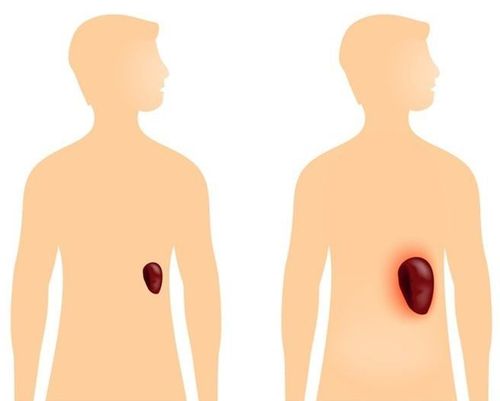
3. Consequences of hypersplenism due to cirrhosis
Due to the isolation, capture and storage of blood cells in the spleen in hypersplenism due to cirrhosis causes a decrease in blood cell lines due to portal hypertension (common complication in cirrhosis) affecting affect the spleen.
The platelet reservoir and storage in the spleen is created as the spleen enlarges, causing platelets to be reduced in the peripheral blood.
Not only the liver function is gradually reduced, but hypersplenism due to cirrhosis also directly affects the role of the spleen. Enlarged spleen affects the body's activities, such as causing platelet storage, blood platelets decrease, about 90% of platelets accumulate in the spleen. due to the growth and development of the endothelial retardation system in the spleen, causing increased destruction of platelets and red blood cells in the spleen, at this time, increased retention of hypersplenism changed to hypersplenism and increased destruction after a long process.
Finally, leukocytes decrease in number, the number of leukocytes is less affected because leukocytes have the ability to move with prosthetic legs, creeping through the crevices of the endothelial reticular system in the spleen during the non-destructive stage. blood cells in the spleen. As the intrasplenic system develops, the white blood cell count begins to decrease. This is the sequence of 3-line reduction due to hypersplenism commonly seen in patients with cirrhosis.

4. Treatment of hypersplenism caused by cirrhosis of the liver
Cirrhosis is the process of gradually replacing fibrosis in the liver, liver cells have been damaged and destroyed. Therefore, the treatment of cirrhosis is mainly aimed at stopping or slowing the progression of the disease, and at the same time preventing and treating complications caused by the disease, including hypersplenism.Depending on the degree of this varicose vein is grade I, II, III or IV, the presence of varicose veins in the stomach or not will determine the treatment method for esophageal varices due to cirrhosis. Through esophagogastroduodenoscopy, treatment with sclerotherapy of varicose veins or rubber band ligation of varicose veins to prevent upper gastrointestinal bleeding due to rupture of esophageal varices.
For patients with cirrhosis with abnormally enlarged spleen, splenectomy can be performed in the absence of cirrhosis or in mild cirrhosis to reduce the development of cirrhosis. Some cases of portal anastomosis (by TIPS or venous shunt directly connected from the portal vein of the liver to the inferior vena cava, or shunt of the splenic splenic vein) to relieve pressure on the portal vein, thereby reducing The size of the spleen reduces hypersplenism and also reduces the risk of upper gastrointestinal bleeding from esophageal varices.
Medical therapy with beta-blockers (propranolol, nadolol..), nitrates (imdur) may also be beneficial to reduce portal pressure when surgery or other interventions are not possible.
Besides, patients with hypersplenism due to cirrhosis need to pay attention to their diet. Healthy eating plays an important role in the treatment of cirrhosis. Therefore, patients need to eat more fresh fruits and vegetables, limit salt intake. Replace animal protein with plant protein to limit the production of NH3 causing hepatic coma.
Please dial HOTLINE for more information or register for an appointment HERE. Download MyVinmec app to make appointments faster and to manage your bookings easily.





